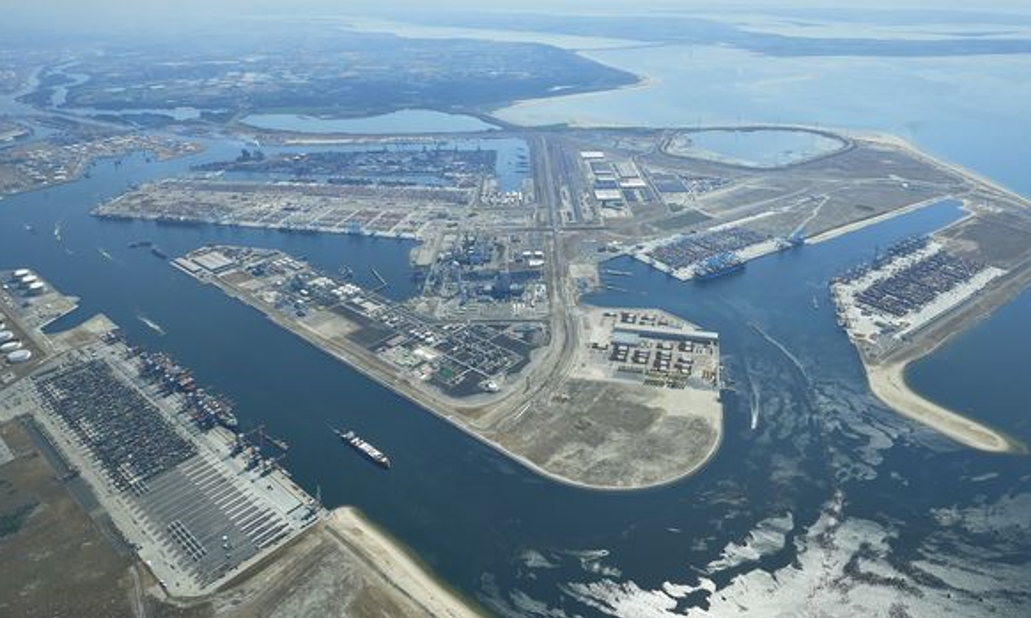The Netherlands – HES International (HES), Gasunie and Vopak will collaborate to build an ammonia import terminal for hydrogen transport.
The import terminal’s basic design will be started this quarter. The ACE Terminal, which will be located on the Maasvlakte, will begin operating in 2026.
A green ammonia import terminal is an essential part of the hydrogen supply chain, along with production, transportation, and storage. The development of the green hydrogen market and the achievement of the 2030 and 2050 climate goals will only be possible if the supply chain is reliable.
Ammonia as hydrogen carrier
Additionally, there will be a need for large-scale imports of green hydrogen in Northwestern Europe in order to meet future demand for green hydrogen in the Netherlands. Using green ammonia to transport hydrogen will be critical. Green ammonia is formed when green hydrogen reacts with nitrogen, allowing large volumes of hydrogen to be transported safely and efficiently. Once the ammonia is converted to green hydrogen, it can be stored and reused as needed. Additionally, green ammonia can be utilized immediately as a CO2-free fuel source for shipping or as a raw material for the manufacture of fertilizer.
Open-access infrastructure
Vessels from around the world will be able to dock in Rotterdam’s Maasvlakte to discharge green ammonia and, in the early stages, blue ammonia. The Port of Rotterdam’s infrastructure and logistical capabilities can be put to good use. The site provides room for the development of an ammonia-to-hydrogen converter. Gasunie’s national hydrogen network will be able to supply the hydrogen market in Northwestern Europe in the future through this installation.
Customers can expect a service proposition that includes an independent open-access terminal infrastructure that does not belong to the service provider partners. Interested parties will soon be able to express their interest in the supply, storage, and transhipment of green ammonia and hydrogen through a market consultation procedure. International market participants have already begun preliminary discussions.





